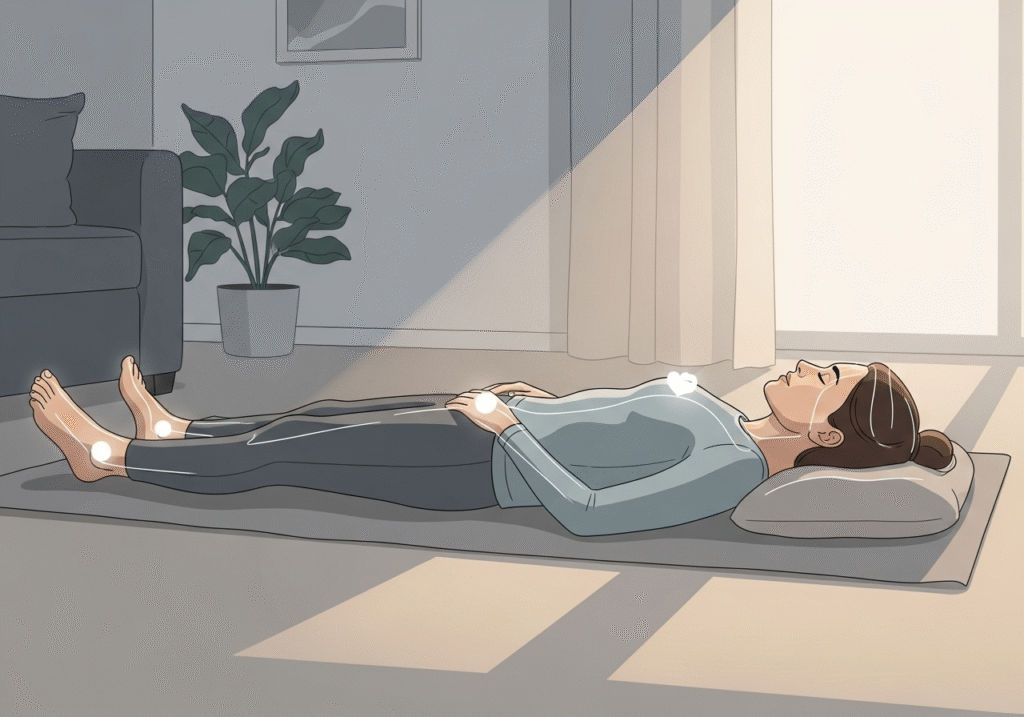Physical Address
304 North Cardinal St.
Dorchester Center, MA 02124
Physical Address
304 North Cardinal St.
Dorchester Center, MA 02124
Discover 3 mindfulness techniques to ease depression symptoms, promote mental clarity, and foster emotional balance. Start your journey to well-being today!
Depression can feel like a heavy cloud, dimming life’s vibrancy and making even simple tasks feel overwhelming. While professional support and treatment are essential, incorporating mindfulness techniques into your daily routine can provide a complementary way to manage symptoms, regain a sense of calm, and foster emotional resilience. Mindfulness, the practice of being fully present in the moment, has been shown to reduce depressive symptoms by helping individuals break free from negative thought patterns and cultivate self-compassion. In this post, we’ll explore three accessible mindfulness techniques—backed by research—that can help ease depression symptoms and support your journey toward a more balanced life.

Mindfulness is about paying attention to the present moment without judgment. For those experiencing depression, this practice can interrupt cycles of rumination—repetitive negative thinking that often worsens symptoms. According to a 2014 study published in The Lancet, mindfulness-based cognitive therapy (MBCT) was found to be as effective as antidepressants in preventing relapse in individuals with recurrent depression. By training the mind to focus on the present, mindfulness helps reduce stress, improve emotional regulation, and enhance overall well-being.
Whether you’re new to mindfulness or looking to deepen your practice, these three techniques are simple, effective, and can be done anywhere. Let’s dive in.
Mindful breathing is a foundational mindfulness practice that involves focusing on your breath to ground yourself in the present moment. This technique is particularly helpful for calming racing thoughts and reducing the anxiety that often accompanies depression.
A 2017 study from the Journal of Clinical Psychiatry found that mindful breathing can reduce symptoms of depression by activating the parasympathetic nervous system, which promotes relaxation. By focusing on your breath, you create a mental pause that can help you step away from overwhelming emotions.
Pro Tip: Try the “4-7-8” breathing technique—inhale for 4 seconds, hold for 7 seconds, and exhale for 8 seconds—to enhance the calming effect.

A body scan is a mindfulness practice where you mentally “scan” your body, noticing sensations without trying to change them. This technique can help you reconnect with your physical self, which is often neglected during depressive episodes.
Research from the University of California, San Diego (2019) suggests that body scan meditation can reduce depressive symptoms by increasing body awareness and reducing disconnection, a common experience in depression. It also promotes relaxation and self-compassion, helping you feel more grounded.
Pro Tip: Use a guided body scan meditation from apps like Headspace or Calm if you’re new to the practice. These resources offer step-by-step instructions to keep you focused.
Gratitude journaling involves writing down things you’re thankful for, no matter how small. This practice shifts your focus from negative thoughts to positive aspects of your life, fostering hope and resilience.
A 2017 study in Psychological Science found that gratitude practices can increase positive emotions and reduce depressive symptoms over time. By focusing on what’s going well, you train your brain to notice positivity, counteracting the negativity bias often present in depression.
Pro Tip: If you’re struggling to start, try writing about one thing that brought you comfort or joy today, even if it’s as simple as a cozy blanket or a favorite song.

To make these techniques a regular part of your routine, start small and be patient with yourself. Here are some tips to stay consistent:
Mindfulness is not a cure for depression, but it’s a powerful tool to complement professional treatment, such as therapy or medication. Always consult with a healthcare provider to create a comprehensive plan tailored to your needs.
These three mindfulness techniques—mindful breathing, body scan meditation, and gratitude journaling—offer practical ways to ease depression symptoms and cultivate a sense of calm and clarity. By practicing regularly, you can build resilience, reconnect with yourself, and find moments of lightness even on tough days. Start with one technique that resonates with you, and gradually incorporate others as you feel ready.
Sources:
Call to Action: Take a moment today to try one of these mindfulness techniques. Reflect on how it makes you feel, and share your experience with someone you trust or in a journal. If you’re struggling, reach out to a mental health professional or a loved one—you’re not alone on this journey. Let’s take small steps toward healing together.